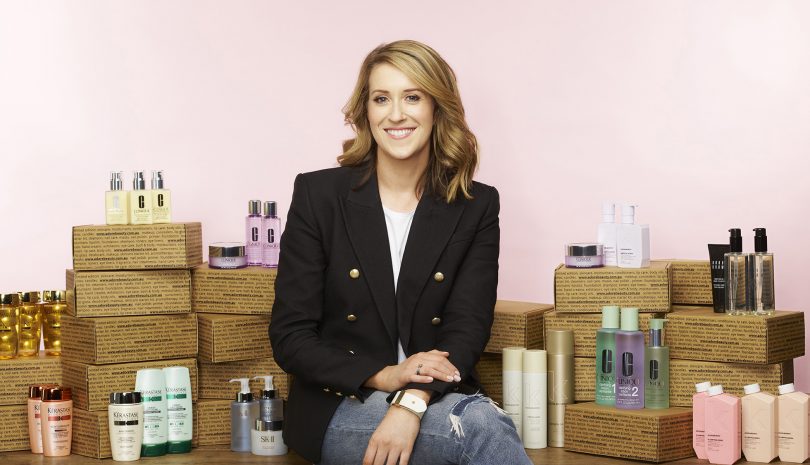Traditional retail vs new retail

It seems like not so long ago that retailers were labelled “traditional” or “new” based on the channels they sold in.
First we heard how “pureplay” was the new retail, and was going to destroy bricks and mortar retailers. Then it was all about bricks and mortar retailers becoming “omnichannel”. And now all the hype is around the resurgence of bricks and mortar, with pureplays like Kogan, Shoes of Prey and even Amazon opening stores.
Is the evolution of retail really about channel though? Does selling through an online channel (or bricks and mortar, or a combination) guarantee longevity or success in today’s fast-changing world? The stagnation of the online group buying and daily deals segments suggests otherwise.
I think the real difference between the retailers who are growing, compared to those in decline, is not the channels in which they sell. “New retail” is actually about customer-centricity.
Traditional retail models have the retailer dictating to the customer how they can shop and what service will be offered. New retail on the other hand is about listening to what customers want and developing services to meet their needs.
Today’s consumers won’t tolerate being force fed the experience that the retailer chooses to offer them, if it doesn’t suit their needs. In this regard we’ve been trying to push the beauty industry to evolve.
The evolution of beauty retail
Traditionally, prestige beauty retail has been in a closed-sell environment, with the products encased in a glass counter and the sales assistant acting as gatekeeper. Beauty salons and department stores have traditionally used a classroom or clinic approach, where customers are treated like students or patients, able to purchase only when they’ve been given permission. Cross-brand comparison is discouraged; brands are separated into their own counters (or even into their own channels, with some brands restricted to “salon only”) to increase friction for cross-brand shoppers.
In contrast to this traditional approach, what we want to do is enable empowered consumers to make their own choices. We’ve chosen online as our primary channel because it’s the best way to achieve this for the largest number of consumers.
Over the last 16 years, we’ve put together a very deep product offering, including department-store brands, salon-only brands, cult and niche brands, and some pharmacy brands too. There’s no other beauty retail experience in Australia where customers are permitted to cross-shop and compare products in a range of this scale.
The next step though is to help customers choose the right product, and ensure that they know how to use it correctly. To this end, we already offer the following services:
- Reviews from customers and staff
- Navigation by “features and benefits” – this enables consumers to compare, say, waterproof mascaras or anti-ageing moisturisers
- Beauty IQ blog – brand-agnostic information designed to help customers better understand ingredients, application, trends etc.
- Live chat (7 days a week) with trained makeup artists and skin specialists
- Skin/hair/makeup consultation forms for detailed recommendations
- Opportunities for trial, including sampling in orders, plus seasonal product samplers featuring deluxe trial sizes from a mix of brands, so that customers can try before they buy
Continuous improvement
New retailers know that you can’t just rest on your laurels and serve up the same old thing for the next 10 years. Customer wants, needs, and expectations will continue to evolve; so by definition, customer-centric retailers have to be constantly listening and looking for ways to innovate and improve the customer experience.
We infuse our team every day with customer feedback, via Slack channels that feed in social media interactions and survey comments. Every day we read the feeds of what customers love about us, and what they think we can improve. Some of the changes that have come directly out of customer feedback include changes to onsite navigation, changes to delivery options, and offering new payment methods like Alipay and Afterpay.
Kate Morris is the founder and CEO of Adore Beauty.
This article was first published in Internet Retailing’s 2016 Top 50 People in E-Commerce report.
Comment Manually
You must be logged in to post a comment.

No comments